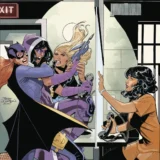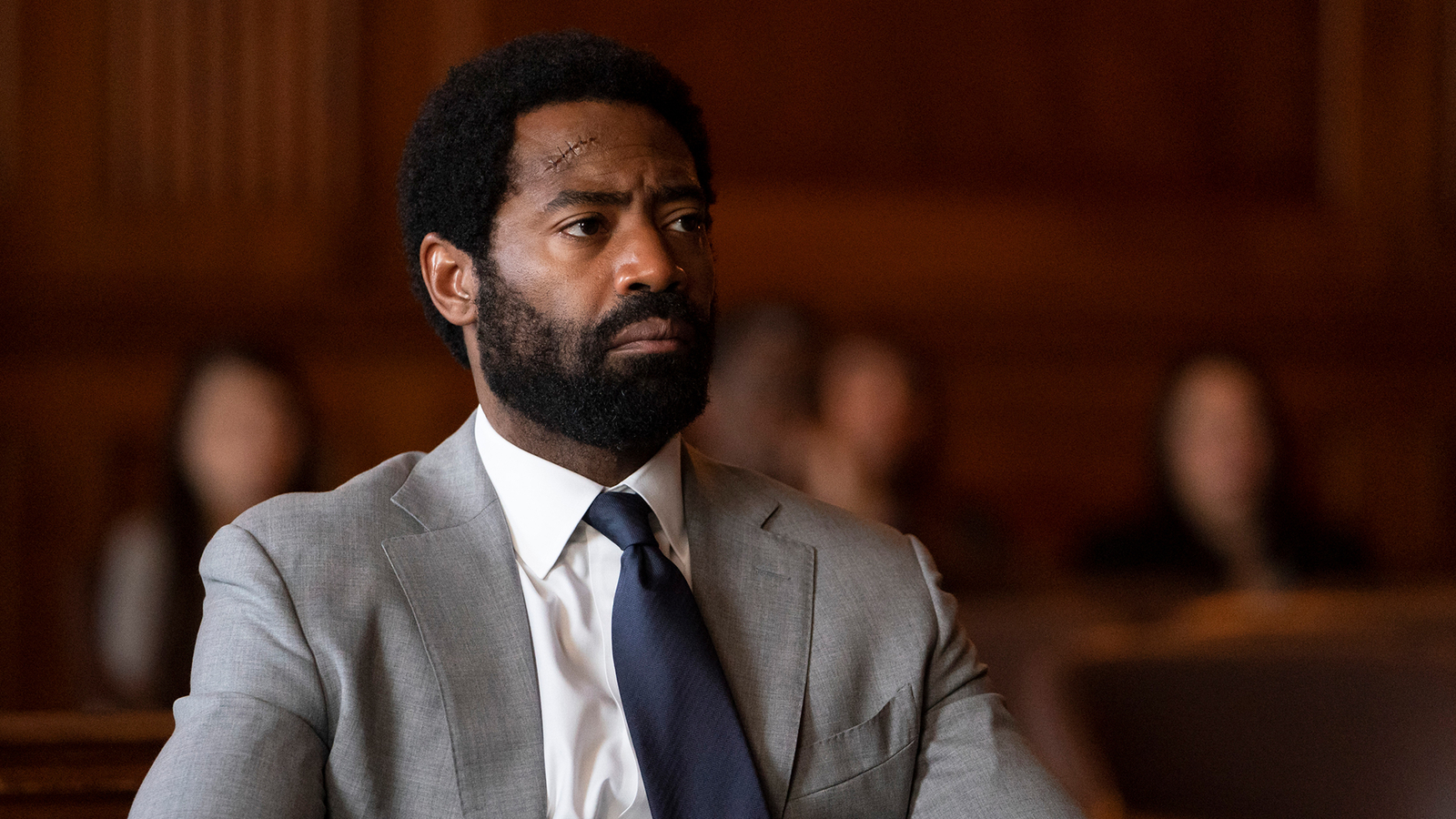Bob Ingersoll: The Law Is A Ass #359: MIDNIGHT AT THE GAOL PLACES
What is it about super heroes and prisons? First Ben (The Thing) Grimm went breaking bad by breaking out of jail. Then the good guys warehoused super villains in less-than-legal lock-ups on the TV shows Arrow and The Flash. The Thing, Green Arrow, and the Flash. These are long-time, venerable, white-hat heroes, not your new-fangled heroes of questionable pedigree and even more questionable morality. These were the types of heroes who stood for something. Something noble.
Another in that long line of long-lived, white hat heroes was Captain Midnight. Captain Midnight started on the radio in the fall of 1938. So he’s older and more venerable than any the comic-book super heroes except Superman and, maybe, the Crimson Avenger. And he was just as white-hat as any of them.
Sure his cowl was a dark blue. But let’s face it, neither Green Arrow nor the Flash sport headgear that’s regulation ivory, either. When you’re talking about white-hat heroes, it isn’t the actual color, it’s the attitude. And in attitude, Jim Albright, genius inventor and secretly the costumed hero Captain Midnight, was as white-hat as they come.
Then, after he was transported through time from 1944 to the present, Captain Midnight went to a twenty-first century prison. And like the other heroes before him, he lost his way.
In Dark Horse’s current Captain Midnight series, the good Captain is fighting the secret super villain the Archon, “the most sinister threat [Captain Midnight has] ever faced.” In Captain Midnight #20, Captain Midnight realized that in order to get information necessary for his fight, he had to steal it from the shadowy government organization Black Sky. (Of course it’s a shadowy government organization. In comic books, all government organizations are shadowy. Except for the ones that are just flat-out evil.)
Steal information from the government? We’re not even to the prison yet and already Midnight’s white hat has become a shade of grey. (Only 49 more to go).
In order to steal the information, Captain Midnight enlisted the aid of Helios, an assassin who used teleportation technology pirated from Albright Industries to port to and from his mercenary pursuits with a minimum of danger. Because Midnight created the teleportation technology that Helios uses, Midnight could hijack it by remote control. Midnight used his remote control to override Helios’s suit and jump him from a hit in Moscow to the secret Midnight base. Then Midnight used his remote control and teleported the two of them into Block 13, a Black Sky prison in New Mexico. Both acts done to Helios and against his will.
Did I say “enlisted?” Let me rephrase that. 
Captain Midnight grabbed Helios against Helios’s will in order to accomplish his theft plan. That’s kidnap. And broke into a secret government prison. Would you call that criminal trespass? I wouldn’t. Neither would New Mexico. In New Mexico, it’s aggravated burglary. That’s shades of grey two and three.
Because Black Sky was is a comic-book shadowy government organization, it was something real government organizations aren’t; efficient. Armed Black Sky agents were waiting for Captain Midnight and Helios. Which meant that Captain Midnight and Helios had to fight their way through the Black Sky agents.
There were seven agents, so that would be seven counts of assault upon a peace officer. At first. Lots more Black Sky agents showed up while Midnight was downloading the information he needed from the Black Sky computers. Agents Helios shot said agents with deadly force. How do I know it was deadly force? Because Helios told Captain Midnight he was going to have to use deadly force and Midnight said “Fine.” That gives us a dozen or so counts of aggravated assault upon a peace officer or murder, depending on whether Helios actually killed any of the Black Sky operatives. (And considering the bullets to the heads and chest that several of them took, I’m guessing he did.)
After Captain Midnight finished downloading the information, he activated his escape plan. It was literally an escape plan. Midnight hadn’t just downloaded information from the computers, he had also uploaded a virus into the computers. He used that virus to open up all the cell doors on Block 13. Suddenly, like the dinosaurs on Jurassic Park, all the inmates were running wild. Then, while the Black Sky agents were capturing the escaping prisoners, Midnight and Helios teleported to the base’s hanger and commandeered one of the Black Sky jets to make good their own escape. (Because of a plot contrivance, Helios could teleport a short distance inside the base, couldn’t teleport out of the base. Hence the whole stealing a jet plane gambit.) Meanwhile, an explosion that Captain Midnight triggered created an additional distraction to cover their escape.
And that brings us up to god knows how many counts of aiding and abetting escape from a penitentiary by unlocking all those Block 13 cell doors. Several counts of conspiracy. One count of computer abuse. One count of unlawful assault on a jail. One count of larceny. One count of unlawful taking of a vehicle. One count of criminal damage to property. And, if any of the Black Sky agents were hurt in the explosion – I’m guessing yes – even more counts of aggravated assault upon a peace officer. That’s quite the laundry list of felonies. Even Al Capone was telling Captain Midnight to take it easy.
And that’s just from a quick perusal of New Mexico’s criminal statutes. I’ll bet I could find a lot more offenses, if I really delved into New Mexico’s criminal statutes. But why bother? Captain Midnight has so many more than fifty shades of grey on his white hat, it’s not funny.
Seriously, it’s not funny. We used to call our favored reading material funny books. Not any more. Turning super heroes – especially the super heroes of old who were classic white-hat heroes – into people who are every bit as bad – if not worse – than the villains they fight is many things. But it’s not funny.

















